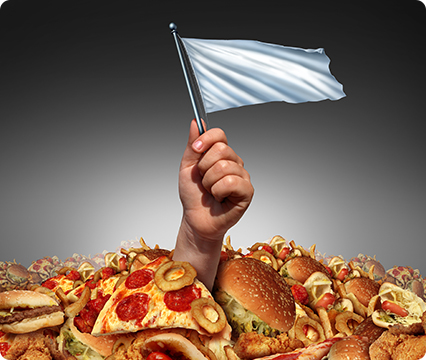Food noise: definition, measurement, and future research directions
Food noise definition. measurement, and future research directions
The term “food noise” has gained traction among individuals seeking to lose weight or following specific diets for health reasons. Based on clinical experiences and patient reports, food noise refers to persistent, intrusive thoughts about food—such as what to eat, nutritional content, and meal timing—which can be mentally exhausting and negatively impact quality of life. This mental burden is increasingly being acknowledged as a barrier to successful weight loss. Despite its growing recognition, there is no official clinical definition or standardized method for measuring food noise. In this work by Dhurandhar et al. (2025), food noise is defined through both clinical insights and patient descriptions as ongoing, unwanted, and distressing thoughts about food that may lead to mental, social, or physical harm. Unlike ordinary food-related thinking, food noise is intense and intrusive, similar to rumination. Researchers have started validating a measurement tool called the RAID-FN Inventory to quantify food noise. Future research directions include investigating the prevalence of common food noise, its biological basis, and its relationship to cultural or demographic factors. The study also examines the potential role of GLP-1 receptor agonists in reducing food intake, their impact on weight management and metabolic health, and how they affect health outcomes and perceptions of stigma. Public health implications and the need for clearer definitions, better tools, and effective treatments are also emphasized. [NPID: Food noise, intrusive thoughts, weight loss, quality of life, RAID-FN inventory, GLP-1 agonists, measurement tools, mental burden, stigma, public health]
Year: 2025
 Navigation
Navigation








